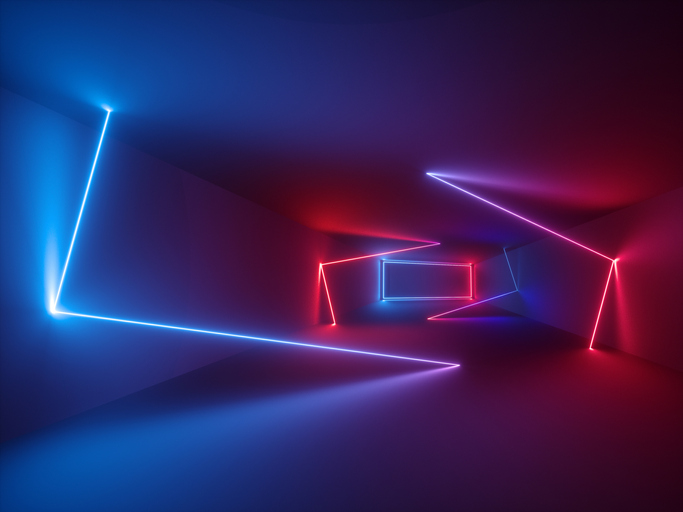
When a business successfully projects its brand message to the right target market, its competitive edge will be unleashed, resulting in increased sales and market value. Packaging design is an effective way to develop an exciting branded experience. Because online shopping is quickly replacing traditional brick and mortar shops, packaging strategies need to include more than a plain cardboard box with a printed logo. When customers open a package, they should be dazzled and wowed. Their experience should be so unforgettable that they will be compelled to share it on social media, thus generating buzz. Perfecting the unboxing experience is an opportunity that businesses simply shouldn’t overlook.
So, how does one create a superb unboxing experience? The following are some creative and low-cost ways to think inside the box.
Delight… The human senses are powerful, so it’s a great idea to develop an unboxing experience that is both tactile and optical. No designer? No problem. Sticking to a minimalistic design will ensure the box doesn’t look cheap. Several coatings can be used to convey quality and care. Satin, gloss, soft-touch or pearlescent are just some of the finishes that will help reflect a brand’s identity. Classic rustic cardboard works well for natural products while finishing enhancements such as spot and flood varnishing give a product a refined, premium look.
Clarity… When developing effective packaging, it’s best to stay away from chaotic designs as these may confuse customers. It may be tempting to use everything all at once—packing in every little bit of information on hand—but this is a mistake. Instead, text, photos, and graphics should be kept to a minimum. Incorporating a brand’s colors is also a must. When designing the overall look, it’s important to remember that negative space (white space) acts as a content guide. For maximum effectiveness, essential information and the company logo should be placed on the front of the packaging. Any extra details can be placed on the back or sides of the box. Simple designs can generate a lot of excitement if done properly. Less doesn’t necessarily mean boring!
Interiors… A powerful experience can be created when a customer opens a box’s lid and uncovers an unexpected, delightful surprise. Branding should continue inside the box, making a bold statement with an added touch such as a fun pattern or splash of color. The interior should be similar to a display case: well structured, with an appealing sense of clarity and order. Packing peanuts and bubble wrap aren’t attractive. Instead, one can opt for more appealing materials such as foam inserts, crinkle paper, tissue and cardboard dividers.
Details… Personalized details like handwritten thank-you notes are a great way to communicate love and warmth—something large companies don’t offer. Adding other small touches such as embossed stickers, vellum sheets, ribbons or drawstring bags will create an experience akin to opening a birthday present. Including highly-targeted inserts with tempting discounts such as free shipping, upgrades or promo codes are not only cost-effective but also a proven tactic when it comes to building engagement and brand recognition.
Extras… What customer doesn’t relish a little extra surprise? Including product samples or unexpected gifts will not only delight the customer but also easily help cross-sell other product lines. Extras don’t have to be expensive, but they are guaranteed to add smiles to customers’ faces, communicating a deep sense of value and appreciation.
Sustainability… Today’s packaging must be sustainable, using materials and shipping methods that have a minimal environmental impact. Boxes should be as small as possible, creating less waste and consuming less fuel to ship. In an effort to help reduce their carbon footprint, customers are now demanding upcycling solutions. Second-life packaging opens the door to ingenious packaging designs that can add extra value to a business’ product. Examples of upcycling packaging include sturdy and attractive boxes that can be used for storage, bubble-wrap pouches that can be reused as toiletry bags, and printed puzzles. Reusability instructions can even be printed directly on packaging, converting them into items like ice buckets, lanterns, and cat houses. Upcycling ideas are limitless, so when it comes to design, imagination should take the lead!
About Phil Bagdasarian
Phil Bagdasarian is the co-founder of Packwire, an online printing and packaging service that enables businesses to create their own box design, including branded mailers, folding cartons, shipping boxes, and gift boxes.


